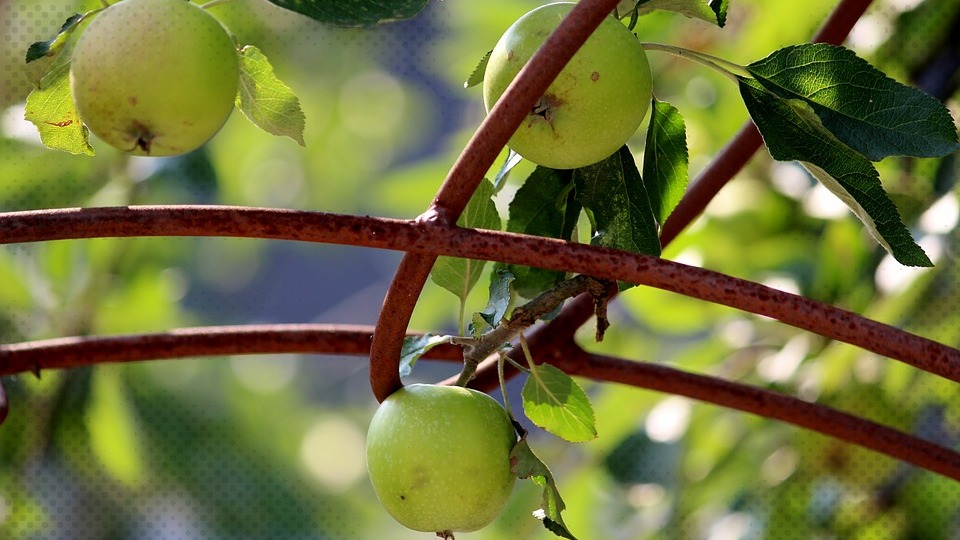
The progress made in the field of agriculture over the last two decades is significant. Technological advancements have played an influential role to supplement the growing adoption of modern and high-yielding techniques. The global output in agriculture has increased considerably in the recent past owing to modernization and innovate techniques. Progressive Markets recently published a report that offers useful insights such as market share, size and growth. Enzymes are widely used in biotechnology. The increase in the global demand for enzymes in large-scale applications specifically in food and feed applications has encouraged the growth of the agricultural market. Further, researchers are carrying out several experiments to find an efficient and effective use of enzymes in agriculture. The use of enzymes in agriculture has increased owing to numerous benefits such as its ability to function under mild pH, pressure and temperature.
Genetic Engineering and gene modification gain popularity
A new variety of Apples known as Arctic Applies hit the stores in the first week of February 2017, that are gene-silenced and do not turn brown after being exposed to air. Similarly, canola oil extracted from rapeseed is tweaked by gene editing to endure more pesticides. Salmon is engineered genetically with eel genes to grow faster. Researchers and scientists are modifying natural DNA of different substances to discover an effective alternative. They are doing so by either deleting genes, turning them on/off and are also developing fresh DNA sequences on a computer. Several organizations are revising an organisms’ genomes without adding another organism’s genes by utilizing gene-silencing techniques.
GMO food is released with limited understand of the potential health and environmental repercussions. There are no regulations in place that govern these developments in technology. It is essential to track and regulate these developments as they may have a negative impact on the environment. A research indicates that technologies such as gene silencing could potentially have health risks and double-stranded RNA is likely to affect gene expression in human cells.
Grass enzymes likely to increase the yield of crops
A group of Australian reports claims that grass enzymes could potentially increase the yield of staple crops such as rice and wheat by transplanting the enzymes that are taken from the common grass. According to Robert Sharwood, Lead researcher, Australian National University (ANU), the main objective of the research team is to improve the growth and the overall yield of crops by transplanting efficient forms of rubisco enzyme into them. He furthers explains that the properties exhibited by rubisco such as variability in efficiency in comparison with other panic grasses. Rubisco captures carbon dioxide from the atmosphere and converts the same into carbohydrates under a wide range of temperatures. In addition, the research group narrowed down to the use of rubisco as it is the central rate-limiting step of carbon fixation in the higher plants. Sharwood says that there is large diversity in the C4 rubisco kinetics and additional research is required to understand its properties. To do so, the kinetic parameters of each rubisco need to be completely characterized to establish kinetic trends at normal temperatures. Sharwood throws light on the subject and revealed that the high-resolution temperature response of the catalytic parameters is an important observation within panic grasses. By studying the responses, it was observed that a few rubiscos benefited carbon dioxide fixation in the various climate scenarios in the future. He said, “This is based on the improvements we have seen in carboxylation efficiency and specificity for carbon dioxide as opposed to oxygen. We are currently working on how to transfer these improvements into wheat and rice. Crops such as wheat and rice can have foreign genes placed in the nucleus by using agrobacterium transformation.”
The world population is expected to reach around 10 billion by 2050 and the findings from the research would be instrumental in terms of using the natural genetic diversity of different grasses to secure essential food crops. According to the United Nations’ 2015 report, around 800 million people out of which majority of them live in the rural area do not have access to food. Brian Hilton, World Vision Australia, food advisor says that the new findings and development could potentially lead to more productive pasture land. He further adds that the gene for a particular enzyme could be used in different plants such as corn that would create productive varieties.
The onset of technology and developments in genetic engineering and Agricultural Enzymes Market will boost the market growth. Reluctant study and research by scientists worldwide are discovering new techniques to foster the use of agricultural enzymes. The adoption of agricultural enzymes is higher in developed regions such as the U.S. and Canada. However, as technology is progressing, Asia-Pacific is likely to be a potential market for agricultural enzymes.




Leave a Comment